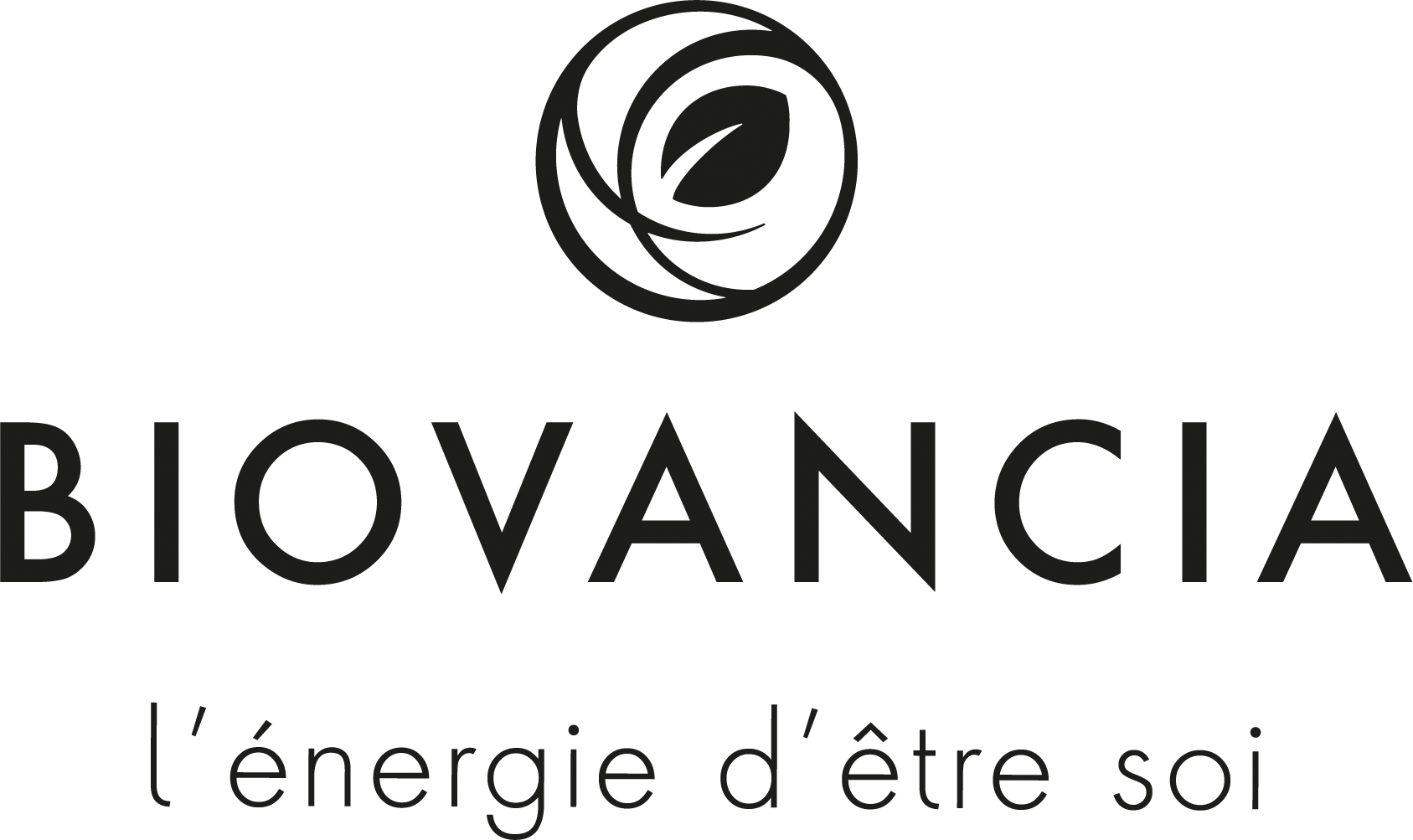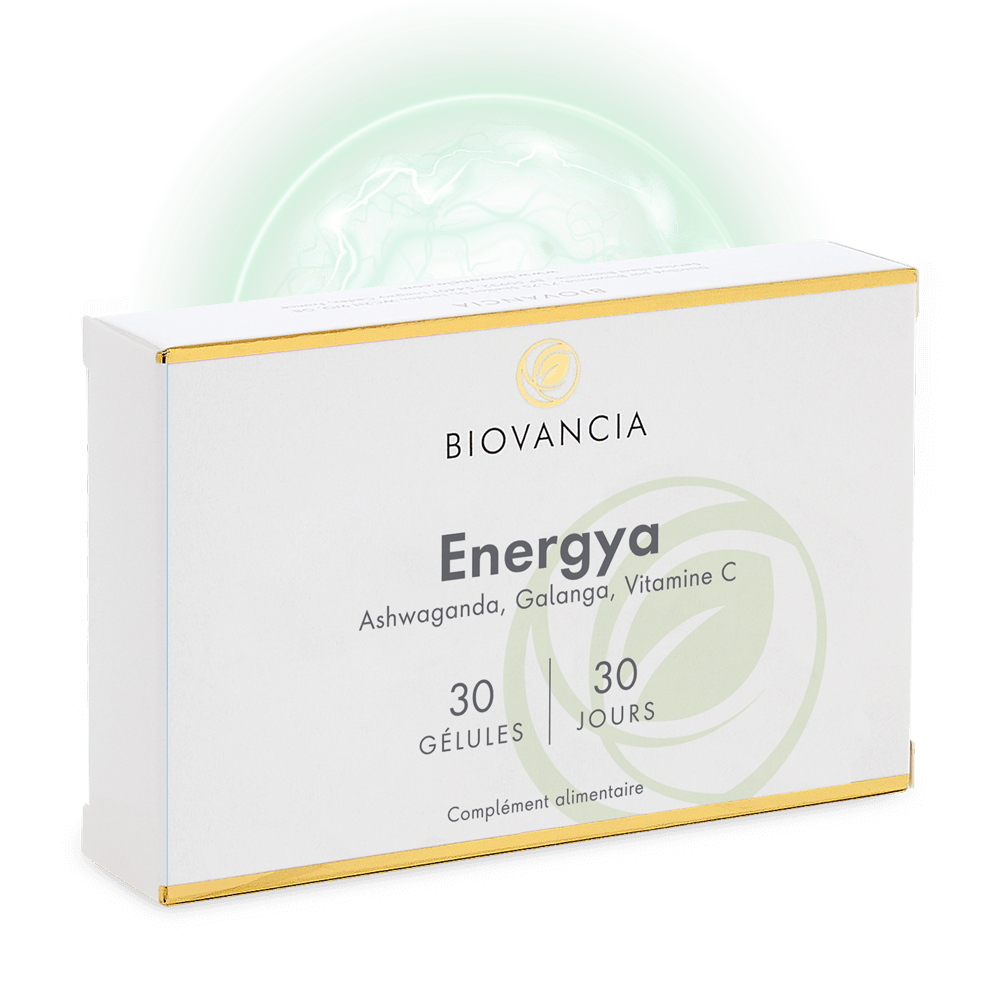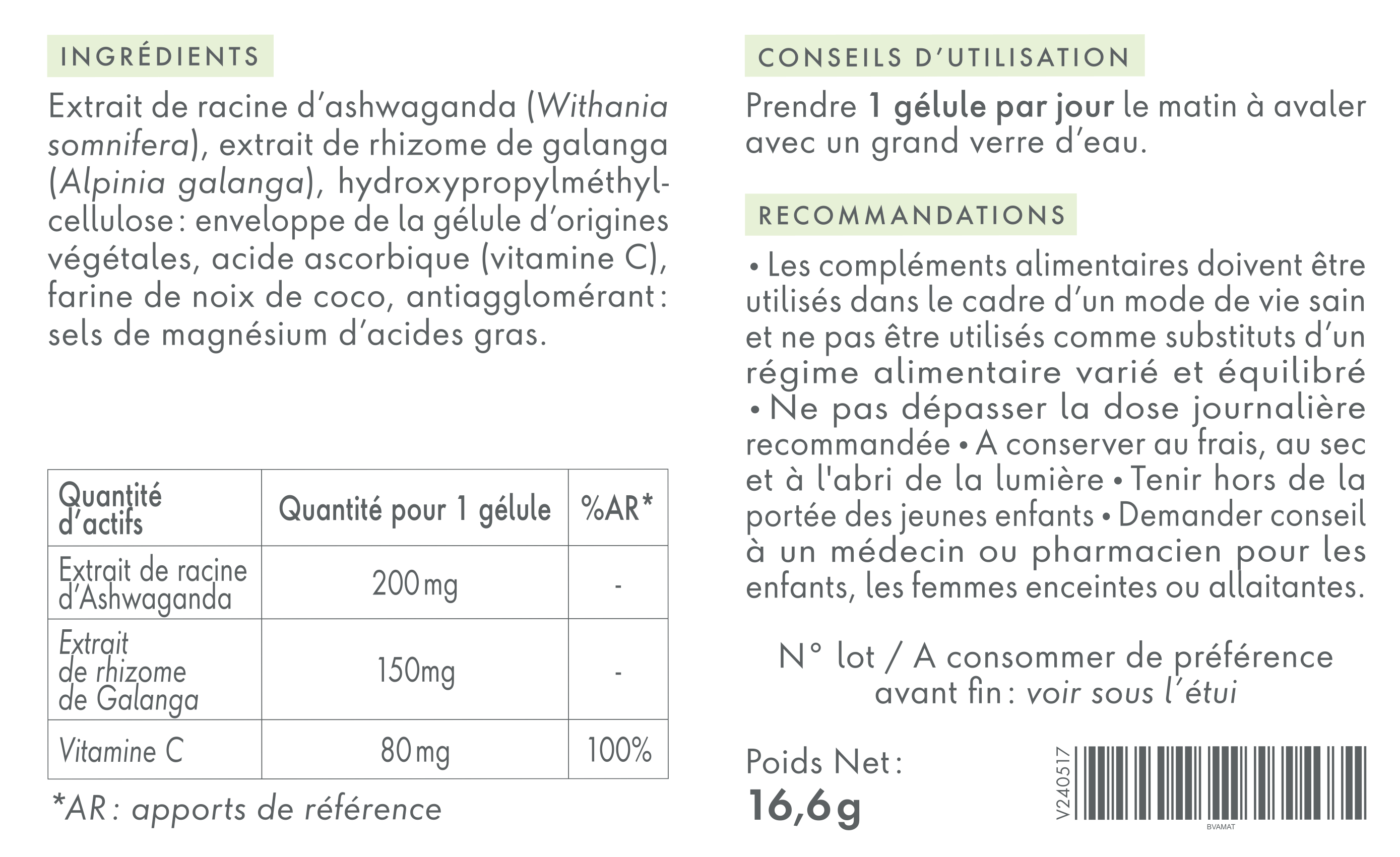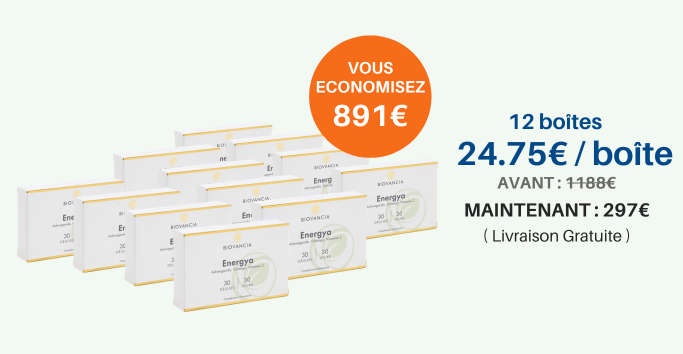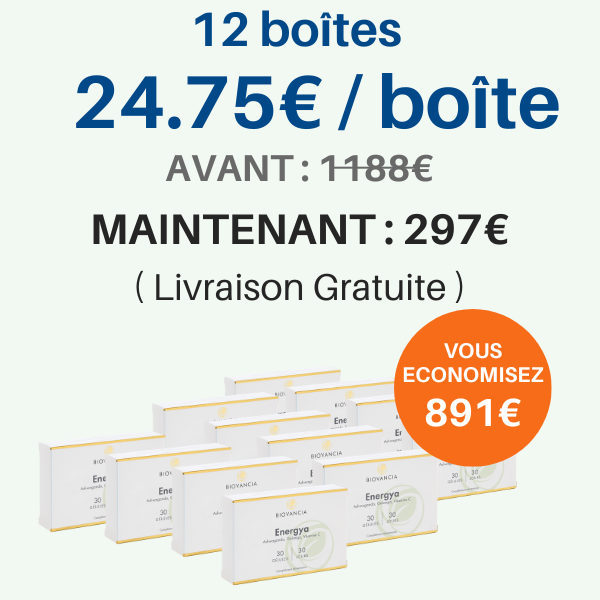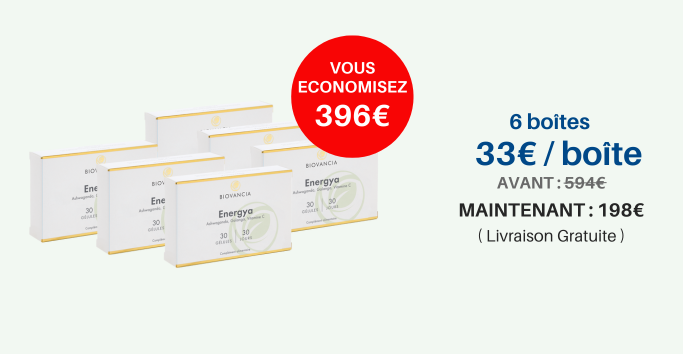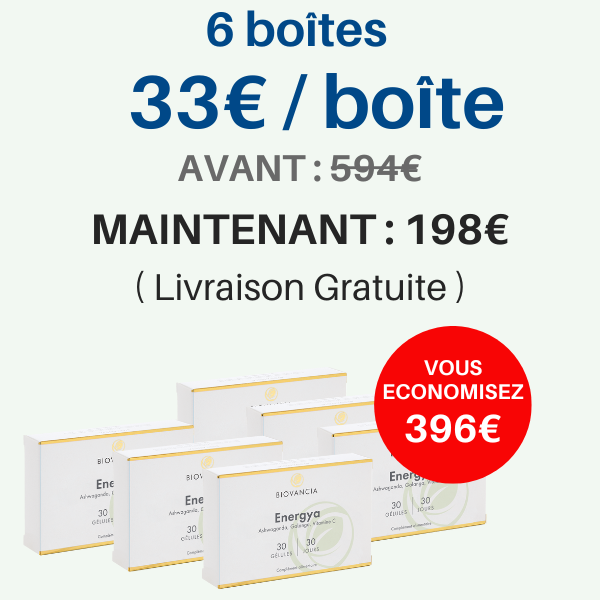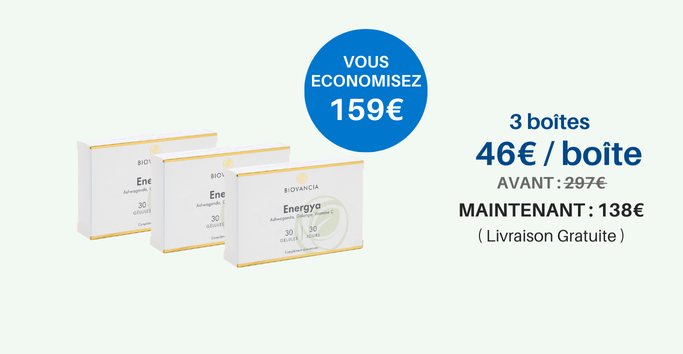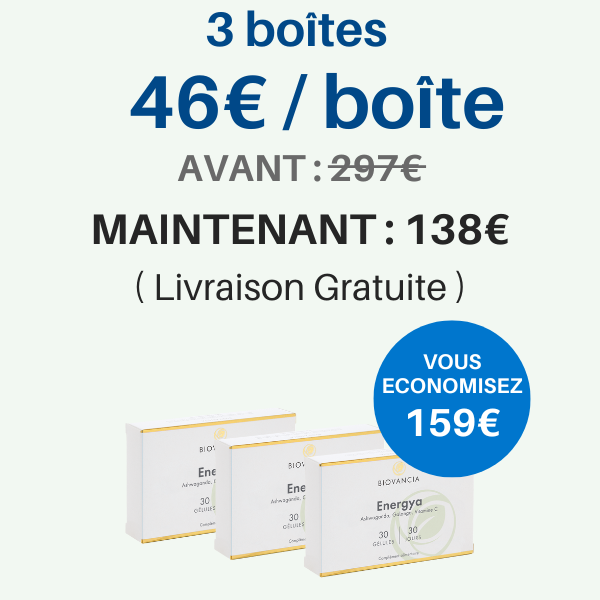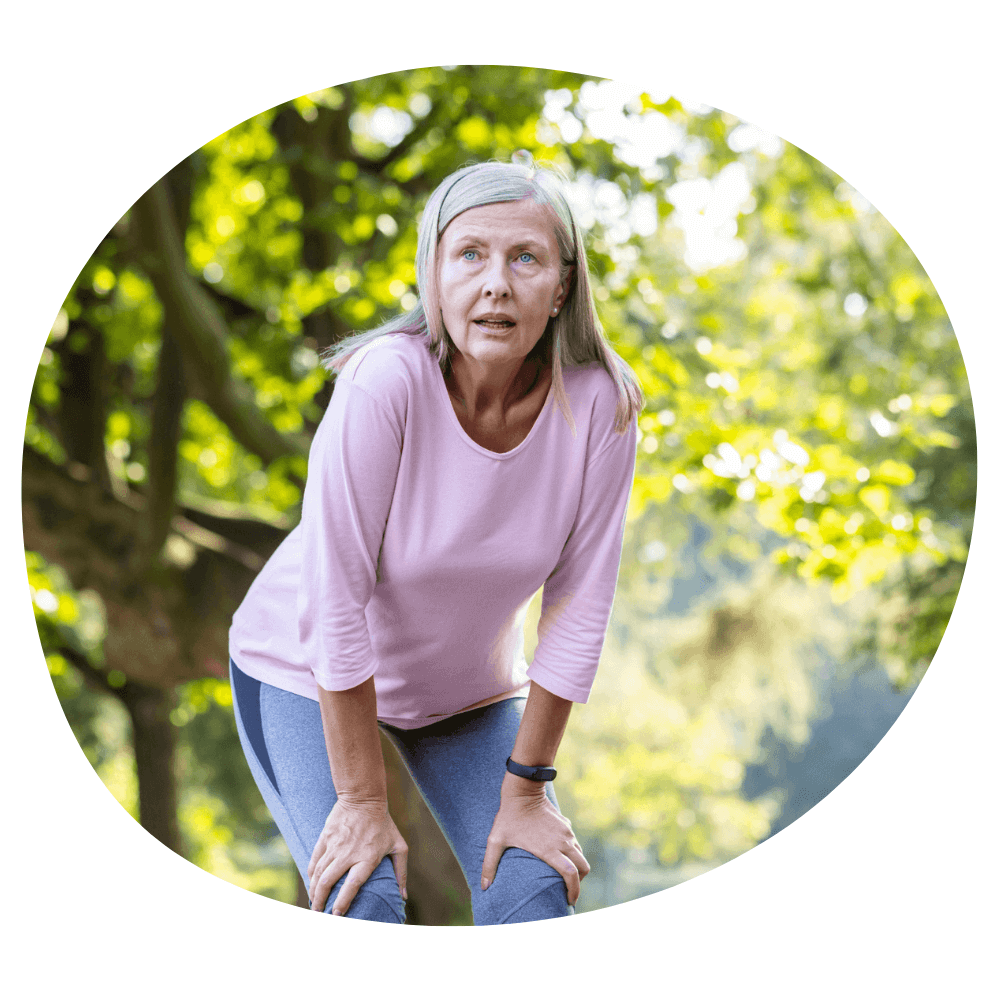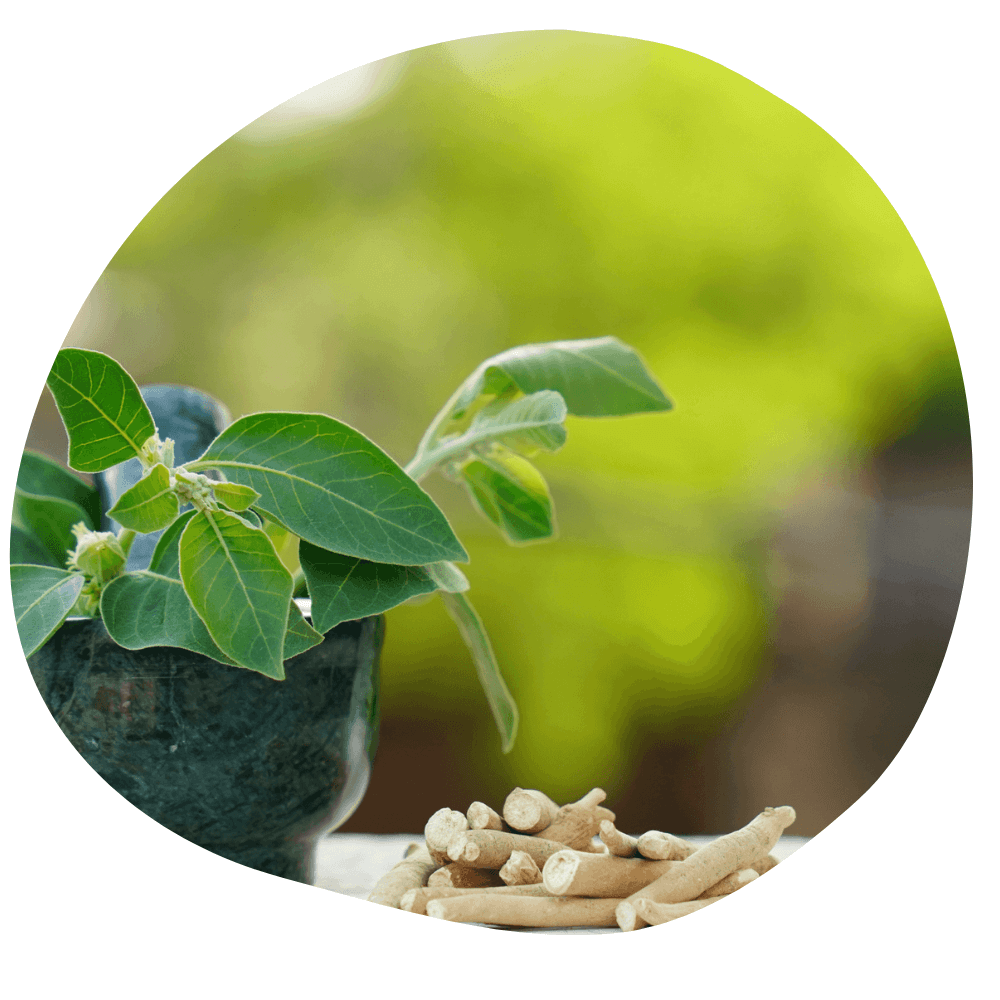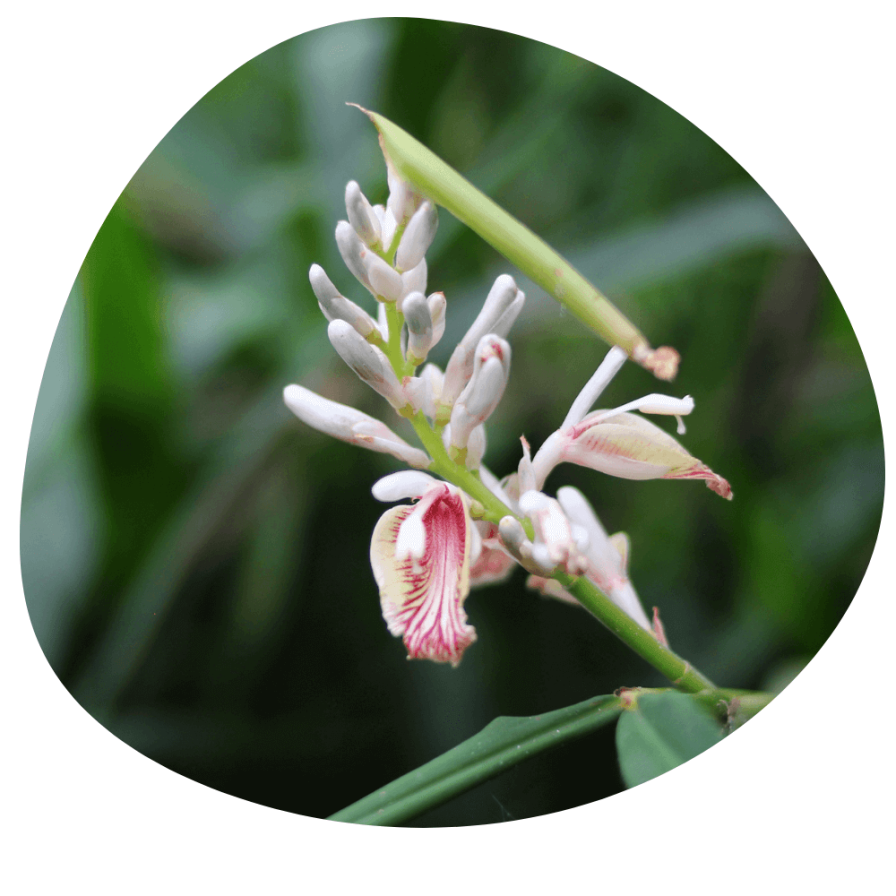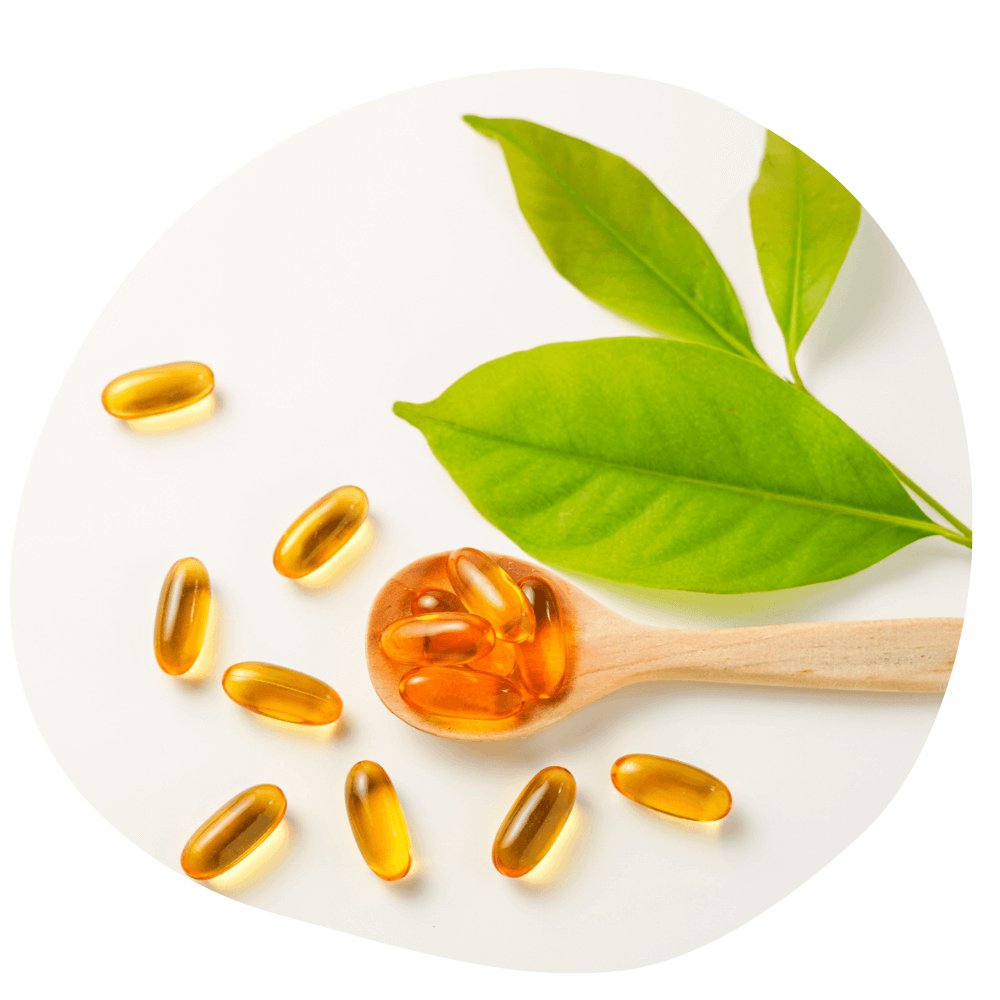Sources :
(1). Quelles sont les causes de la fatigue ? (s. d.). ameli.fr | Assuré. https://www.ameli.fr/assure/sante/themes/asthenie-fatigue/definition-symptomes-causes
(2). Smith, S. J., Lopresti, A. L., & Fairchild, T. J. (2023). Exploring the efficacy and safety of a novel standardized ashwagandha (Withania somnifera) root extract (Witholytin®) in adults experiencing high stress and fatigue in a randomized, double-blind, placebo-controlled trial. Journal Of Psychopharmacology, 37(11), 1091 1104. https://doi.org/10.1177/02698811231200023
Deshpande, A., Irani, N., Balkrishnan, R., & Benny, I. R. (2020). A randomized, double blind, placebo controlled study to evaluate the effects of ashwagandha (Withania somnifera) extract on sleep quality in healthy adults. Sleep Medicine, 72, 28 36. https://doi.org/10.1016/j.sleep.2020.03.012
(3). Chandrasekhar, K., Kapoor, J., & Anishetty, S. (2012). A prospective, randomized double-blind, placebo-controlled study of safety and efficacy of a high-concentration full-spectrum extract of Ashwagandha root in reducing stress and anxiety in adults. Indian Journal of Psychological Medicine, 34(3), 255–262.
(4). Xing, D., Yoo, C., Gonzalez, D., Jenkins, V., Nottingham, K., Dickerson, B., Leonard, M., Ko, J., Faries, M., Kephart, W., Purpura, M., Jäger, R., Sowinski, R., Rasmussen, C. J., & Kreider, R. B. (2022). Effects of Acute Ashwagandha Ingestion on Cognitive Function. International Journal Of Environmental Research And Public Health, 19(19), 11852. https://doi.org/10.3390/ijerph191911852
(5). Wankhede, S., Langade, D., Joshi, K., Sinha, S. R., & Bhattacharyya, S. (2015). Examining the effect of Withania somnifera supplementation on muscle strength and recovery: a randomized controlled trial. Journal of the International Society of Sports Nutrition, 12, 43.
(6). Srivastava, S., Mennemeier, M., & Pimple, S. (2017). Effect of Alpinia galanga on Mental Alertness and Sustained Attention With or Without Caffeine : A Randomized Placebo-Controlled Study. Journal Of The American College Of Nutrition, 36(8), 631 639. https://doi.org/10.1080/07315724.2017.1342576
(7). Lin, K., Wang, Y., Gong, J., Tan, Y., Deng, T., & Wei, N. (2020). Protective effects of total flavonoids from Alpinia officinarum rhizoma against ethanol-induced gastric ulcer in vivo and in vitro. Pharmaceutical Biology, 58(1), 854 862. https://doi.org/10.1080/13880209.2020.1803370
(8). Srividya, A. R., Dhanabal, S. P., Misra, V. K., & Suja, G. (2010). Antioxidant and antimicrobial activity of alpinia officinarum. Indian Journal Of Pharmaceutical Sciences/Indian Journal Of Pharmaceutical Sciences, 72(1), 145. https://doi.org/10.4103/0250-474x.62233
Basri, A. M., Taha, H., & Ahmad, N. (2017). A review on the pharmacological activities and phytochemicals of Alpinia officinarum (Galangal) extracts derived from bioassay-guided fractionation and isolation. Pharmacognosy Reviews/Bioinformatics Trends/Pharmacognosy Review, 11(21), 43. https://doi.org/10.4103/phrev.phrev_55_16
(9). Srivastava, S., Mennemeier, M., & Pimple, S. (2017). Effect of Alpinia galanga on Mental Alertness and Sustained Attention With or Without Caffeine : A Randomized Placebo-Controlled Study. Journal Of The American College Of Nutrition, 36(8), 631 639. https://doi.org/10.1080/07315724.2017.1342576
(10). Srivastava, S., Mennemeier, M., & Pimple, S. (2017). Effect of Alpinia galanga on Mental Alertness and Sustained Attention With or Without Caffeine : A Randomized Placebo-Controlled Study. Journal Of The American College Of Nutrition, 36(8), 631 639. https://doi.org/10.1080/07315724.2017.1342576
Singh, J. H., Alagarsamy, V., Diwan, P. V., Kumar, S. S., Nisha, J., & Reddy, Y. N. (2011). Neuroprotective effect of Alpinia galanga (L.) fractions on Aβ(25–35) induced amnesia in mice. Journal Of Ethnopharmacology, 138(1), 85 91. https://doi.org/10.1016/j.jep.2011.08.048
(11). Chambial, S., Dwivedi, S., Shukla, K. K., John, P. J., & Sharma, P. (2013). Vitamin C in Disease Prevention and Cure : An Overview. Indian Journal Of Clinical Biochemistry, 28(4), 314 328. https://doi.org/10.1007/s12291-013-0375-3
(12). Wong, S. K., Chin, K., & Ima-Nirwana, S. (2020). Vitamin C : A Review on its Role in the Management of Metabolic Syndrome. International Journal Of Medical Sciences, 17(11), 1625 1638. https://doi.org/10.7150/ijms.47103
(13). Vollbracht, C., & Kraft, K. (2021). Feasibility of Vitamin C in the Treatment of Post Viral Fatigue with Focus on Long COVID, Based on a Systematic Review of IV Vitamin C on Fatigue. Nutrients, 13(4), 1154. https://doi.org/10.3390/nu13041154
(14). Carr, A., & Maggini, S. (2017). Vitamin C and Immune Function. Nutrients, 9(11), 1211. https://doi.org/10.3390/nu9111211
(15). Lynch, S. R., & Cook, J. D. (1980). INTERACTION OF VITAMIN C AND IRON*. Annals Of The New York Academy Of Sciences, 355(1), 32 44. https://doi.org/10.1111/j.1749-6632.1980.tb21325.x
Skolmowska, D., & Głąbska, D. (2022). Effectiveness of Dietary Intervention with Iron and Vitamin C Administered Separately in Improving Iron Status in Young Women. International Journal Of Environmental Research And Public Health/International Journal Of Environmental Research And Public Health, 19(19), 11877. https://doi.org/10.3390/ijerph191911877
(16). Shu, Y., Zou, C., Cai, Y., He, Q., Wu, X., Zhu, H., Qv, M., Chao, Y., Xu, C., Tang, L., & Wu, X. (2022). Vitamin C deficiency induces hypoglycemia and cognitive disorder through S-nitrosylation-mediated activation of glycogen synthase kinase 3β. Redox Biology, 56, 102420. https://doi.org/10.1016/j.redox.2022.102420
Bulduk, E., Gönül, B., & Özer, Ç. (2006). Effects of vitamin C on muscle glycogen and oxidative events in experimental diabetes. Molecular And Cellular Biochemistry, 292(1 2), 131 137. https://doi.org/10.1007/s11010-006-9226-3
Thompson, D., Hill, J., Hurst, T., Powell, J. R., Williams, C., & Bailey, D. M. (2004). Prolonged vitamin C supplementation and recovery from eccentric exercise. European Journal Of Applied Physiology, 92(1 2), 133 138. https://doi.org/10.1007/s00421-004-1064-y
